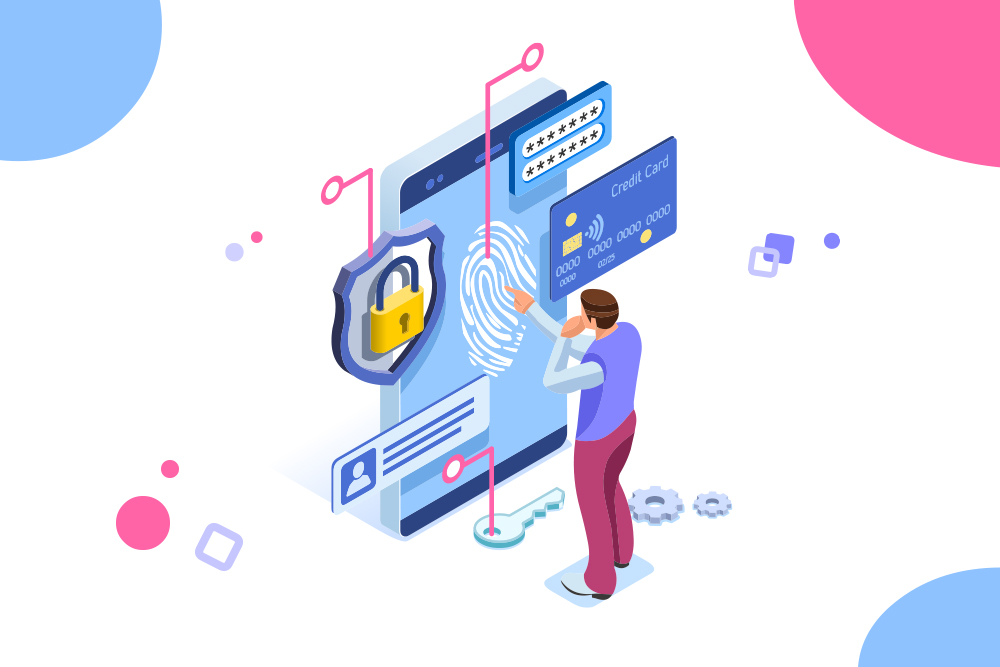IAM systems are designed to provide secure access to an organization’s resources for approved user identities. IAM is often used in enterprise-level organizations or by those protecting critical or sensitive information. What is identity management, exactly? The basic idea behind it is that each individual will have a single digital identity with a specific level of access to each digital system. An individual may have other digital identities within different systems like other organizations or websites.
A teacher, for example, would have an account that grants them access to their school’s learning management system (LMS) where they could post assignments, enter grades, and monitor student information. They would have a single account in their school’s database that would require them to properly identify themselves during each login, and the access management system could monitor their activity to ensure they only exercise their proper access rights. Each student would also have an account allowing them to log in to the system, but they would only be able to see their own assignments and grades.
Authentication and Authorization
A website or application authenticates users by checking the user names and passwords in its database to ensure the credentials an individual has entered match what’s in the system. This is still the most common method of authentication, though it isn’t as secure as modern authentication methods including smart card usage and multi-factor authentication. As the name suggests, multi-factor authentication requires more than one method of authenticating a user. Instead of simply requiring a user name and password, multi-factor systems can require an additional security code or even biometrics like fingerprints.
Authorization takes place after authentication, and this is where the identity management system ensures the approved digital identity can only access the appropriate resources for their account in each particular system. In the previous LMS example, a teacher’s account would have access to more features than a student’s, and an administrator would have access to more features still, such as the ability to add and remove accounts.
Additional Functions
IAM is about more than managing identities and providing authentication/authorization for accounts. Identity management also lets IT departments easily provision users. This is the process of specifying which specific resources each user in the system has access to at any given moment. Assigning these roles manually would be extremely tedious, but an identity management system can provision accounts automatically based on pre-defined roles and control settings. IAM systems can also automatically de-provision accounts, such as when an employee leaves the company, to ensure past users pose no security risks.
Single sign-on (SSO) is a great feature for IAM that can improve both security and productivity. With SSO capabilities, users only need to enter their personal data once to be granted appropriate access to all their resources within the system, which eliminates time spent logging into multiple accounts and decreases the security risks that multiple logins can pose. ID management systems can also help generate reports that prove the organization is following best practices for any regulations regarding the safekeeping of information and user rights.
Cloud Benefits
These days, it’s becoming less common for organizations to keep IAM on-premises. Instead, they’re moving to cloud-based services to reduce costs and experience greater convenience and security. Software as a service has become an incredibly popular model for businesses, and the benefits of a cloud-enabled IAM include the previously mentioned SSO capabilities, fast provisioning of new users, centralized app administration, and more. While some still have understandable concerns about the safety of data in the cloud, data encryption is reliable, and SaaS providers are rarely hacked compared to on-premises solutions.
An identity management system is simply the best way to keep your organization’s data and your users safe.

